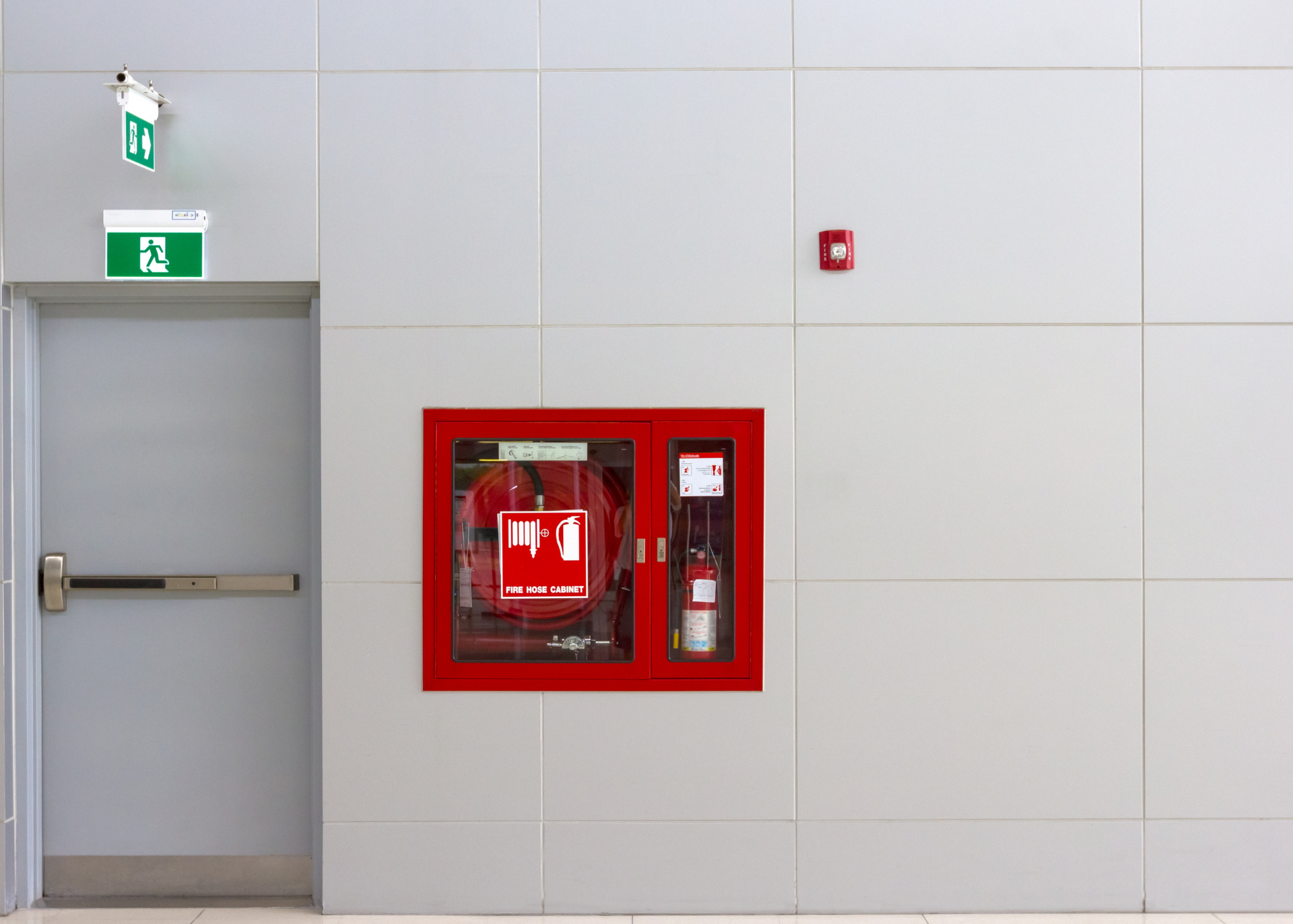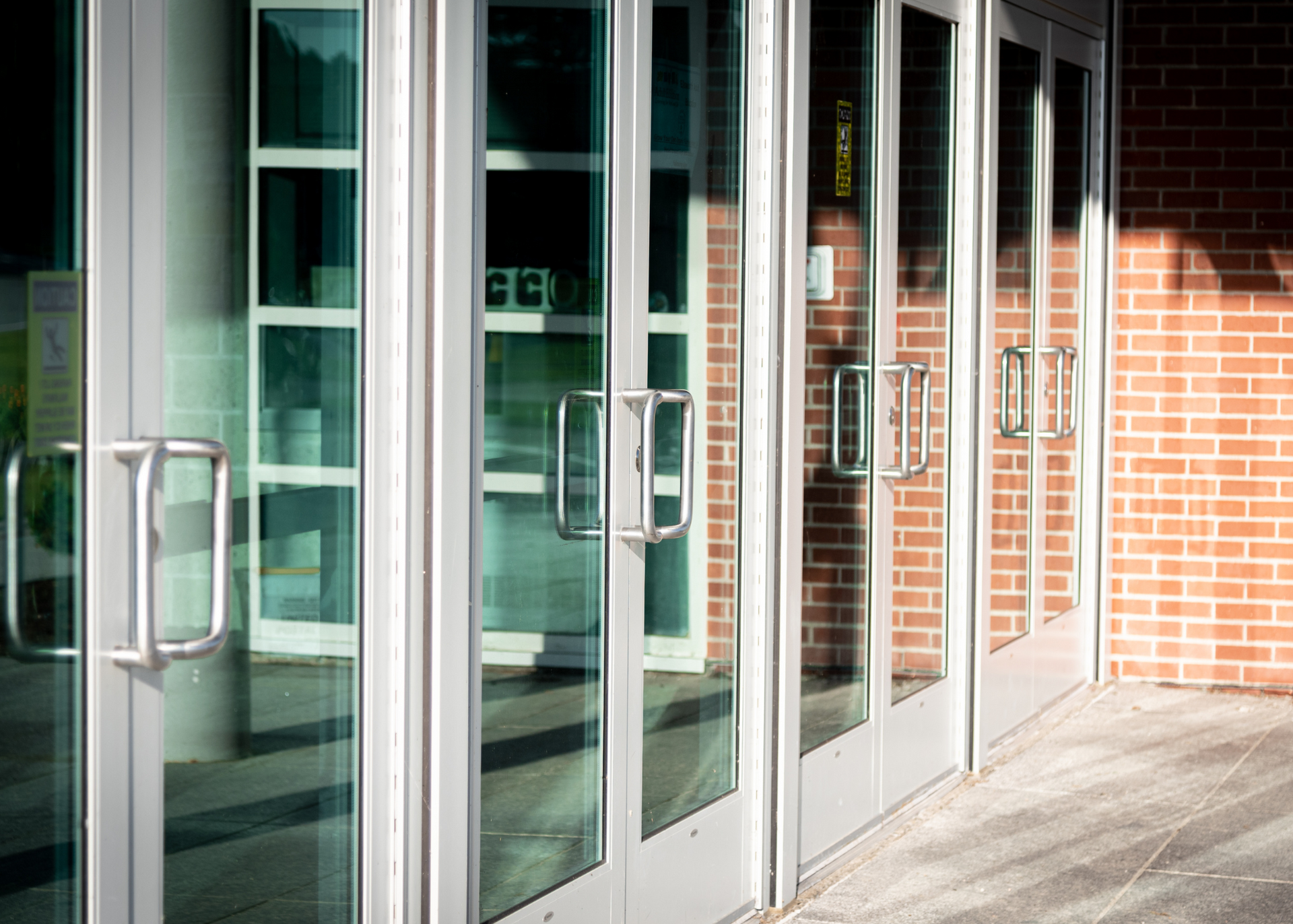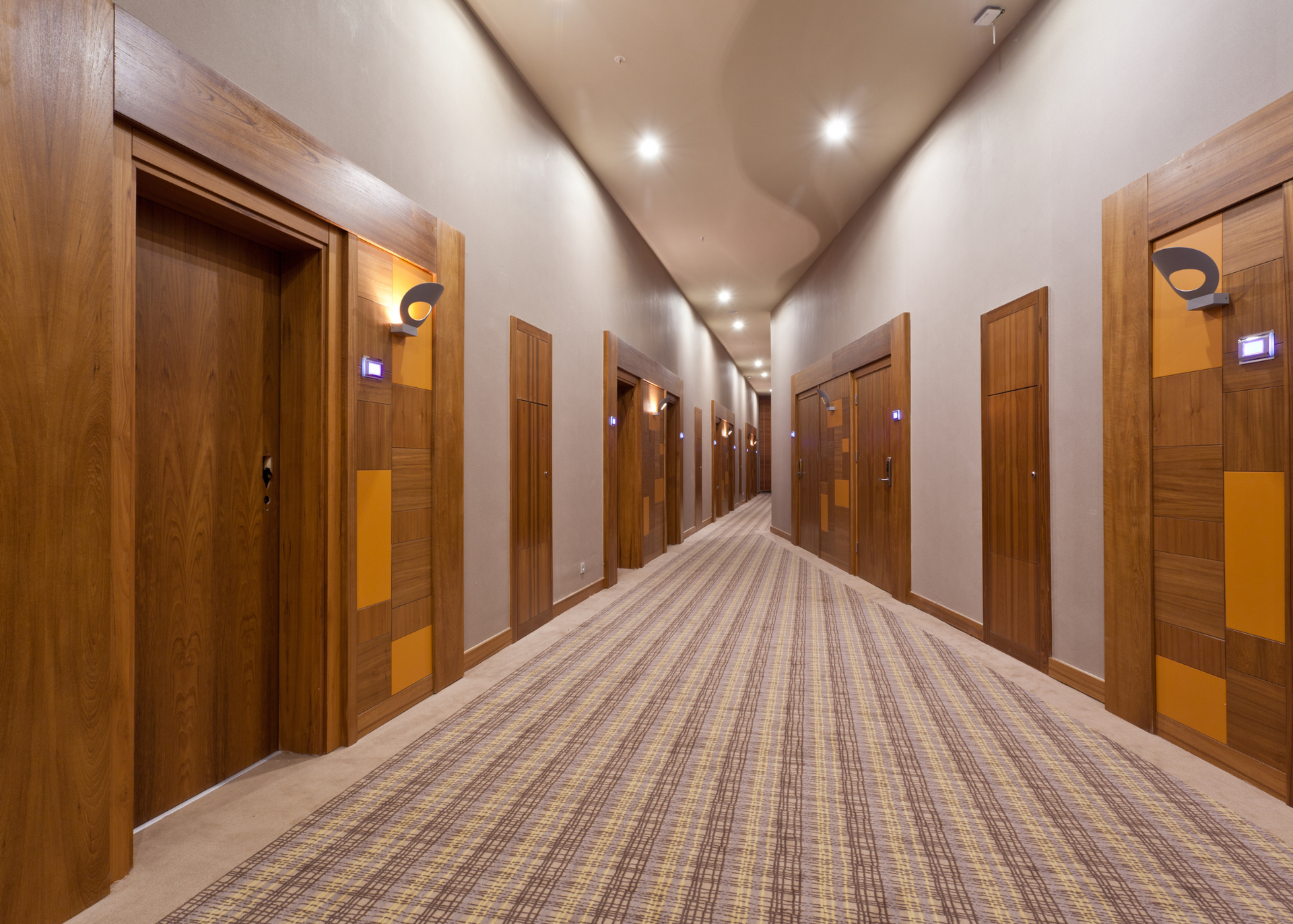The Ultimate Guide to Panic Bars for Commercial and Public Buildings
Learn everything you need to know about panic bars in this comprehensive guide. From installation to code requirements, repairs, and specialized door types, Nashville Door Closer breaks it down step by step.
Panic bars—also known as crash bars, push bars, or exit devices—play a crucial role in emergency safety and code compliance. Whether you're outfitting a school, church, office, retail store, or warehouse, panic bars allow for fast, efficient egress during an emergency. But how do they work? When are they required? How do you install or repair one, and which type do you need?
This guide from Nashville Door Closer covers everything you need to know about panic bars, including installation tips, code requirements, part breakdowns, specialized door setups, and advanced integrations like electric panic bars connected to access control systems.
What Is a Panic Bar and How Does It Work?
A panic bar is a horizontal push mechanism installed on the inside of a door to allow fast, single-motion exit. When the bar is pressed, it disengages the latch and opens the door. They’re often found in commercial buildings, schools, hospitals, churches, and other high-traffic public spaces.
Panic bars are required in many public buildings due to fire and building codes, and they are especially useful in emergencies when quick evacuation is critical. They come in various styles—rim, vertical rod, mortise—and can be paired with alarmed exits, electric strikes, or access control systems for added security.
When Are Panic Bars Required by Code?
Panic hardware is required when specific conditions are met, as outlined in the International Building Code (IBC) and NFPA 101 Life Safety Code. These include:
- Assembly occupancies with more than 50 people
- Educational occupancies like schools or daycare centers
- Hazardous occupancies such as chemical storage rooms
- High-occupancy commercial buildings
- Any door that forms part of the required means of egress
Failure to install panic bars when required can lead to violations, liability in emergencies, and safety risks for occupants.
Does My Church Need a Panic Bar?
Yes, if your church holds 50 or more people in any room or sanctuary, then panic bars are typically required. Religious buildings are often considered assembly spaces and must meet the same safety codes. Even for smaller congregations, panic hardware adds a layer of safety and reassurance for members.
How to Install a Panic Bar: Step-by-Step for Most Doors
Installing a panic bar involves the following basic steps:
- Measure and mark: Ensure bar height is between 34–48 inches from the floor.
- Drill and prep the door: Use the included template for accurate hole placement.
- Mount the panic bar: Secure the device with screws and brackets.
- Install the strike: Align the latch bolt with the frame and install the strike plate.
- Test the operation: Make sure the door opens and closes smoothly.
For fire-rated doors, make sure the panic hardware is also fire-rated. For glass or aluminum doors, you may need a specific mounting kit or a surface-mounted bar. Always consult the manufacturer’s instructions or work with a professional installer.
Looking for expert panic bar installation in Nashville? We handle everything from new hardware to retrofit jobs.
How to Lock a Panic Bar Door
Locking a panic bar door depends on your configuration. Here are the most common methods:
- Dogging the bar: This keeps the latch retracted so the door can swing freely. It’s often used during business hours. Dogging can be done with a hex key or cylinder lock.
- Keyed trim: Panic bars can include or be paired with outside trim that locks and unlocks the door with a key.
- Electric locking mechanisms: Some panic bars connect to electric strikes or magnetic locks to be controlled remotely.
How to Hook Up an Electric Panic Bar to a Kantech KT-400 Control Panel
Electric panic bars can be wired into building access control systems like the Kantech KT-400, allowing authorized entry and remote locking without affecting egress. Here’s a simplified overview:
- Connect the panic bar’s electric components to one of the KT-400’s four relay outputs.
- Program the controller using Kantech’s EntraPass software to manage users and schedules.
- Test all connections and emergency overrides for code compliance.
This setup provides maximum security while maintaining emergency functionality. Always consult an access control technician for additional access control support contact our sister company
Systems Integration or give them a call at 615-251-995.

Panic Bar Parts and What They Do
Understanding panic bar hardware helps with troubleshooting, maintenance, and choosing the right setup. Key components include:
- Push rail: The horizontal bar users press to open the door.
- Latch bolt: The mechanism that keeps the door secured when closed.
- Strike plate: Installed on the frame, it receives the latch.
- Dogging device: Holds the latch open for free entry/exit during the day.
- End caps: Protective covers that prevent wear or damage.
- Electric strike: Optional part used for remote unlocking.
If you're dealing with a specific manufacturer, such as Kawneer, you'll want to make sure you source genuine Kawneer panic bar parts for replacements. These parts are specially designed to fit Kawneer’s aluminum storefront and glass door systems and may include custom push bars, latch assemblies, or trim hardware.
Other add-ons include alarms, delayed egress systems, and touchbar switches for electronic monitoring.
Installing Panic Bars on Double, Metal, and Glass Doors
Not all doors are the same—and panic bar hardware must match the door’s material and function.
How to Install Panic Bar Hardware on a Double Door
- Use vertical rod panic bars or center latching systems.
- A coordinator bar ensures the inactive door closes first.
- Secure the top and bottom rods and check alignment for smooth operation.
How to Install a Panic Bar on a Glass Door
- Use surface-mounted or rim-style panic bars made for all-glass or aluminum-framed glass doors.
- Reinforcement rails or through-glass brackets may be necessary.
- Check compatibility with tempered glass safety standards.
How to Install a Panic Bar on a Metal Door
- Heavy-duty screws and drill bits are required for steel doors.
- Use a metal backplate if the door is hollow.
- Check for ANSI prep—many metal doors come pre-drilled for exit devices.
Need help choosing the right panic hardware? Nashville Door Closer can match panic bars to your exact door type.
How to Repair a Panic Bar and When to Replace It
If your panic bar isn’t working properly, don’t wait. Faulty egress hardware is both a safety and legal liability.
Common Repair Scenarios:
- Latch not engaging properly
- Bar sticking or failing to retract
- Missing end caps or dogging pins
- Loose mounting screws or internal misalignment
Many of these issues can be fixed by replacing specific panic bar parts. But if your unit is over 10 years old or no longer meets code, replacement is often more cost-effective.
Can You Bypass a Panic Bar Lock? (And Should You?)
Bypassing a panic bar lock is only appropriate under authorized conditions—such as maintenance, emergency drills, or security override. Methods vary:
- Use a key to operate outside trim
- Engage/disengage dogging features
- Remotely unlock via access control system
Important: Tampering with panic hardware can lead to safety violations or criminal liability. Always consult a professional before altering exit devices.
Panic Bar Experts in Nashville You Can Trust
From code-compliant installations to complex repairs and access control integrations, Nashville Door Closer is your go-to source for panic bar solutions. Our experienced technicians understand the details that matter—like correct hardware, local codes, and safe egress.
Contact us today for panic bar installation, service, or upgrades in Nashville and surrounding areas.








